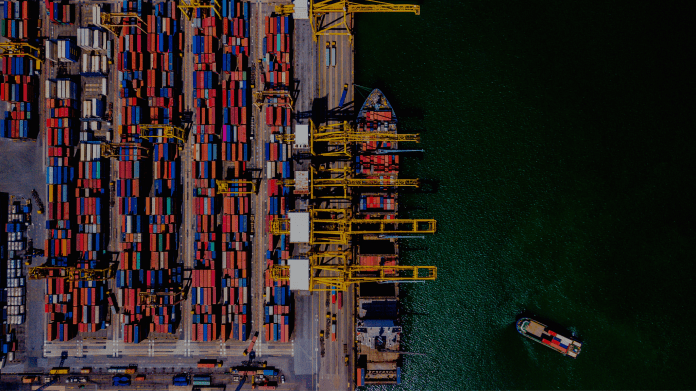The Digital Container Shipping Association (DCSA) has released Load List and Bay Plan Definitions, which puts forth standards and timelines for communication of container volumes and stowage details between VSA (vessel sharing agreement) partners, terminals and ports.
The document covers the definitions, standards and communication timelines for carriers participating in a vessel sharing agreement and is initially focused on addressing inter-regional or deep sea services where participating members share one or more vessels/services between one or more partners.
In agreement with DCSA’s nine member carriers, MSC, Maersk, CMA CGM, Hapag-Lloyd, ONE, Evergreen, Yang Ming, HMM and ZIM, the definitions combine existing event standards with recommended submission timelines developed by DCSA.
“When preparing port calls, it is essential for the vessel operator to be able to forecast the estimated number of container moves (load and discharge) in order to estimate the required terminal equipment (cranes etc.), and hence, the duration of the call,” explains DCSA in its announcement and went on, “As such, the vessel operator relies on receiving timely and accurate information from partners about the volume of containers they intend to load within their allocation and how the contents need to be stowed.”.
In setting the definitions to address this need, DCSA consulted four of the world’s largest terminal operators.
Adoption of DCSA Load List and Bay Plan Definitions will help maximise efficiency of cargo operations and enable better planning of related shipping activities, DCSA argued.
This is the first in a series of standards releases from DCSA that specifically address cargo operations. Subsequent standards will expand to topics such as empty handling and dangerous goods.







